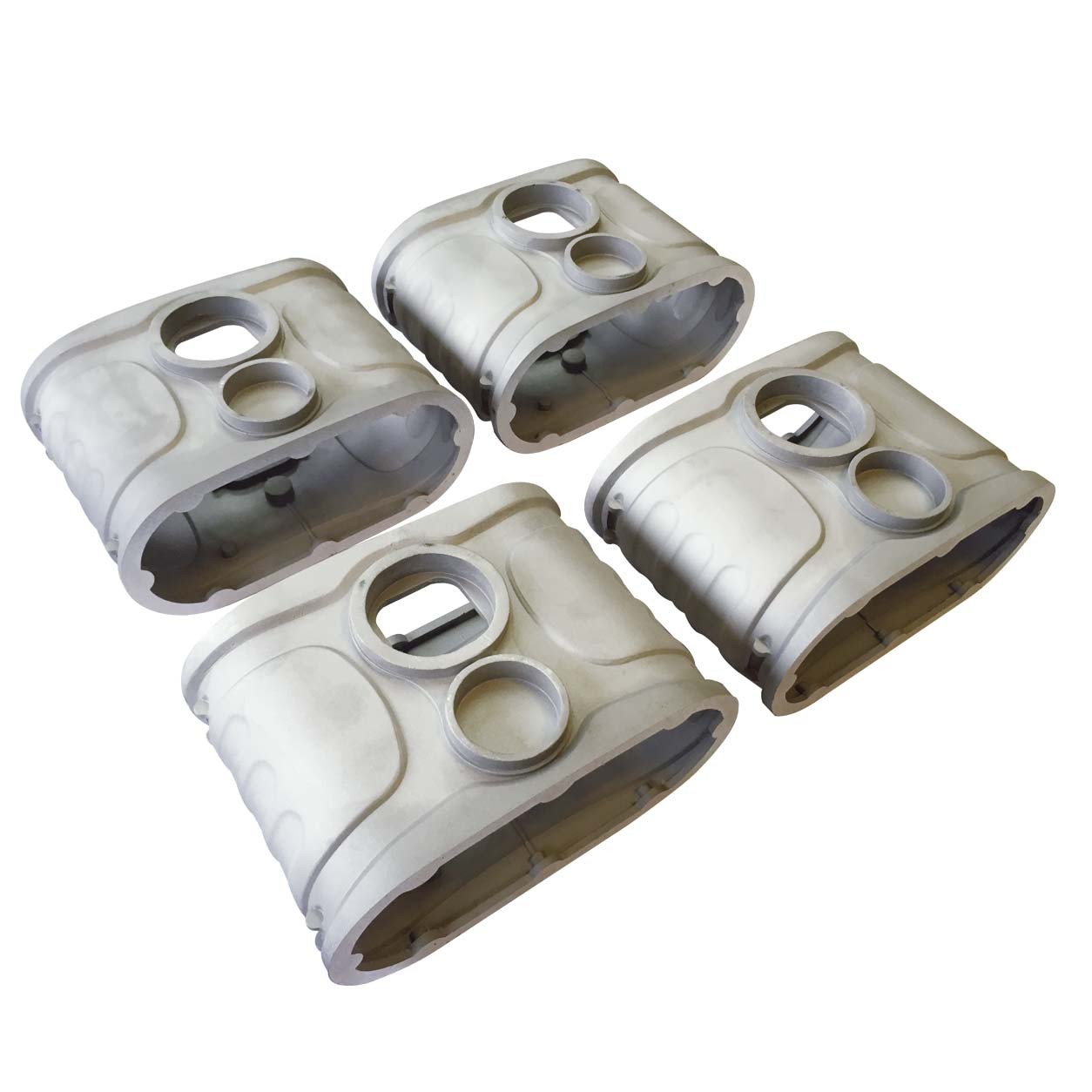Industry News
Home>News > Industry NewsCorrosion Resistance of Stainless Steel
Corrosion Resistance of Stainless Steel
All metals react with oxygen in the atmosphere to form an oxide film on the surface. Unfortunately, the iron oxide formed on ordinary carbon steel continues to oxidize, causing the rust to expand and eventually form pores. The carbon steel surface can be ensured by electroplating with paint or oxidation resistant metal, but as is known, this protection is only a film. If the protective layer is destroyed, the underlying steel begins to rust.
The corrosion resistance of stainless steel depends on chromium, but because chromium is one of the components of steel, the protection methods are different. When the amount of chromium added is more than 11.7%, the atmospheric corrosion resistance of the steel is remarkably increased, but when the chromium content is higher, although the corrosion resistance is still improved, it is not obvious. The reason is that when chromium is used to alloy steel, the type of surface oxide is changed to a surface oxide similar to that formed on pure chromium metal.
This tightly adhering chromium-rich oxide protects the surface from further oxidation. This oxide layer is extremely thin, through which you can see the natural luster of the steel surface, giving the stainless steel a unique surface. Moreover, if the surface is damaged, the exposed steel surface reacts with the atmosphere to repair itself, reforming the oxide "passivation film" and continuing to protect.
Therefore, all stainless steel elements have a common characteristic, that is, the chromium content is above 10.5%.

